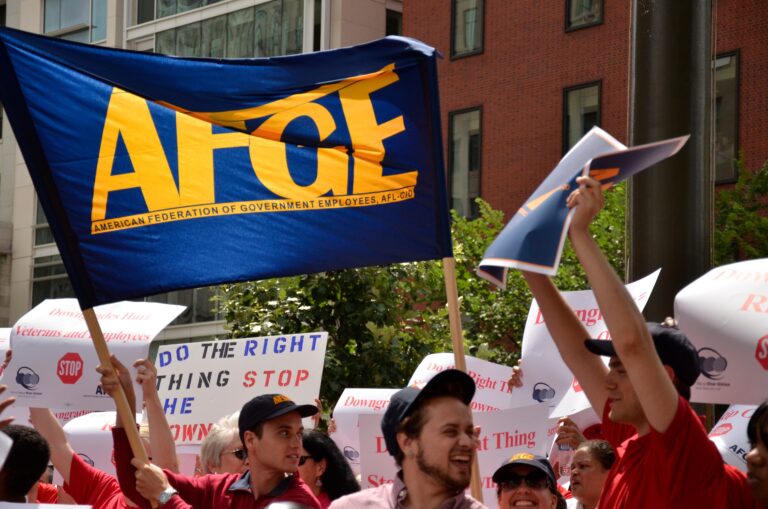Gallup Senior Economist Jonathan Rothwell synthesizes data challenging the notion that globalization and manufacturing’s decline explain President Trump’s electoral victory. When controlling for demographic factors, Mr. Trump was only three percent more popular among manufacturing workers than non-manufacturing workers. Current supporters of the president are less concerned than their countrymen about how trade and technology may impact their work. Writing for the New York Times, Rothwell notes that conscious racial attitudes correlate strongly with support for Trump; in the Atlantic Ta-nehisi Coates analyzes the depth and breadth of unacknowledged racial attitudes in connection with the president’s rise to power.
The U.S. Department of Labor announced an increase in the minimum wage for work done on federal contracts: contractors are currently guaranteed $10.20 per hour, and their minimum wage will increase to $10.35 per hour effective January 1, 2018. The analogous minimum cash wage for tipped employees will increase from $6.80 to $7.25 at the same time. Politco notes that this move has the Trump Department of Labor carrying out—not rescinding—an Obama-era executive order, though it’s unclear how many workers will be affected by these increases.
Commentators react to Tuesday’s Census reports showing a higher national median household income and lower rate of poverty for 2016 than 2015. “The Economy Isn’t Broken,” concludes David Brooks. If anything, low labor productivity is the problem. Patricia Cohen takes a longer view, arguing that earnings aren’t as high or equitable as they seem. The median lifetime income for an American man has decreased 19 percent since 1967, with high earners faring markedly better than others.






Daily News & Commentary
Start your day with our roundup of the latest labor developments. See all
December 8
Private payrolls fall; NYC Council overrides mayoral veto on pay data; workers sue Starbucks.
December 7
Philadelphia transit workers indicate that a strike is imminent; a federal judge temporarily blocks State Department layoffs; and Virginia lawmakers consider legislation to repeal the state’s “right to work” law.
December 5
Netflix set to acquire Warner Bros., Gen Z men are the most pro-union generation in history, and lawmakers introduce the “No Robot Bosses Act.”
December 4
Unionized journalists win arbitration concerning AI, Starbucks challenges two NLRB rulings in the Fifth Circuit, and Philadelphia transit workers resume contract negotiations.
December 3
The Trump administration seeks to appeal a federal judge’s order that protects the CBAs of employees within the federal workforce; the U.S. Department of Labor launches an initiative to investigate violations of the H-1B visa program; and a union files a petition to form a bargaining unit for employees at the Met.
December 2
Fourth Circuit rejects broad reading of NLRA’s managerial exception; OPM cancels reduced tuition program for federal employees; Starbucks will pay $39 million for violating New York City’s Fair Workweek law; Mamdani and Sanders join striking baristas outside a Brooklyn Starbucks.